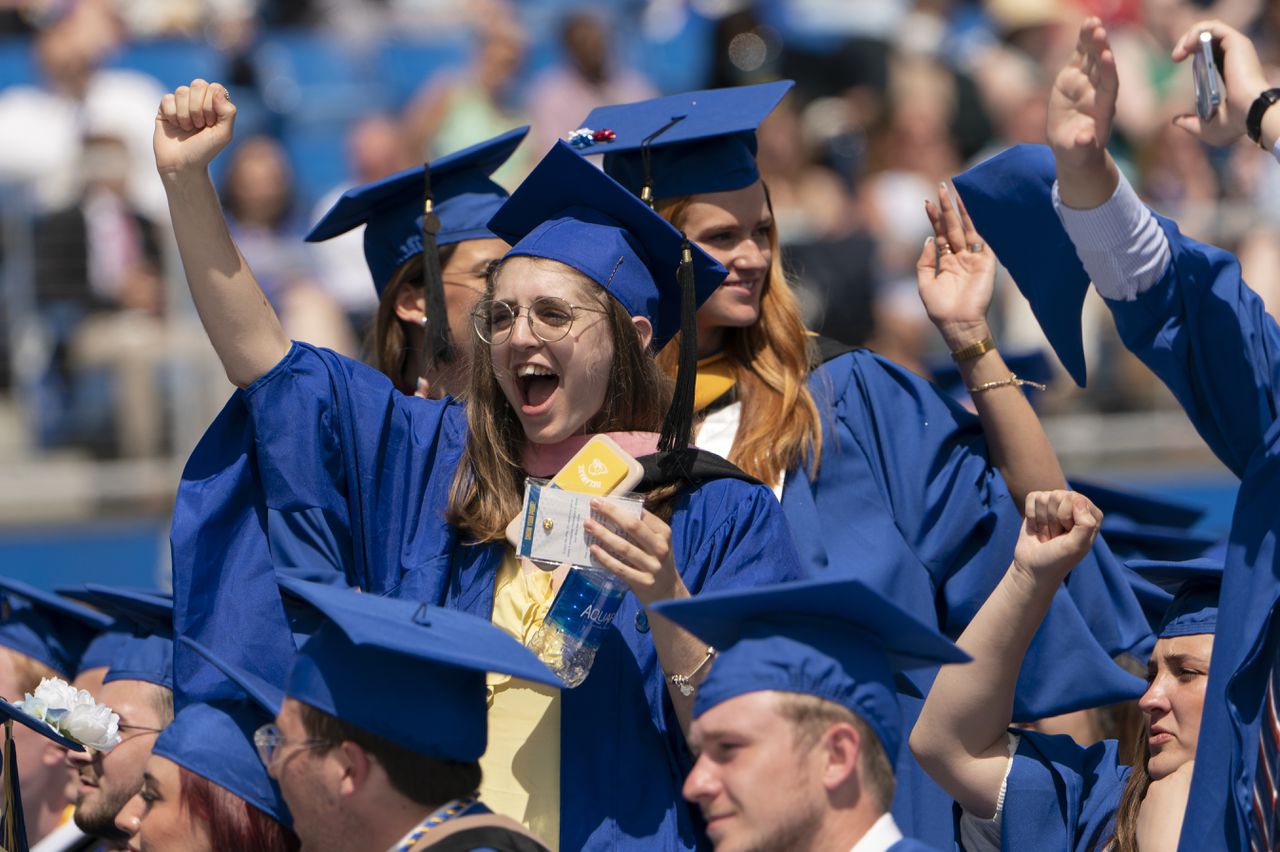Feds update student loan forgiveness, IDR account adjustment. What to know.
The Biden administration has again updated key deadlines and the overall timeline for borrowers hoping to receive student loan forgiveness under a one-time IDR account adjustment.
An Income Driven Repayment plan adjustment is different from President Joe Biden’s sweeping $10,000 forgiveness plan, announced at the same time. That one-time forgiveness effort currently is blocked by the courts. The IDR adjustment is one of several ways the Biden administration is attempting to reform student loan systems and aid borrowers.
Here’s what borrowers should know.
IDR account adjustment can provide loan forgiveness
Last year, the Biden administration announced the IDR Account Adjustment, a sweeping one-time fix to address ongoing issues with federal Income Driven Repayment plans.
Currently, there are four types of IDR plans. They allow borrowers to make payments on their federal student loans according to a formula based on their income and family size.
The system is supposed to help lower-income borrowers make progress on payments without being overwhelmed by their loans, but there have been issues since the beginning: The Education Department and its contracted loan servicers did not always adequately inform borrowers about IDR options, and recent reports confirmed advocates’ concerns that the programs were being mismanaged. The multiple types of plans also are confusing and can be difficult to navigate.
The Biden administration wants to use IDR Account Adjustment to address those issues. Changes include:
- A retroactive credit toward a borrower’s 20- or 25-year student loan forgiveness term, even if they are not presently in an IDR plan.
- A credit toward Public Service Loan Forgiveness for qualifying borrowers.
- A credit for Parent PLUS borrowers.
Borrowers who reach the 20- or 25-year threshold for student loan forgiveness following the adjustment would receive a full discharge, as well as a refund of any excess payments. Millions of additional borrowers will receive new credit toward their repayment term, getting them closer to eventual student loan forgiveness. Those borrowers would then need to continue repaying their loans under an IDR plan to make continued progress.
What are the timelines and deadlines?
Initially, the Education Department told borrowers they would begin receiving student loan forgiveness by the fall of 2022.
Now, officials say expected student loan forgiveness will occur this spring, and borrowers receiving adjustments will see changes in 2024.
Do I need to apply for a IDR Account Adjustment retroactive credit?
No formal application is required to receive the retroactive credit. But borrowers do need to continue repaying their loans under an IDR plan to continue making progress toward forgiveness.
Do I need to consolidate my loans?
Borrowers with non-Direct and non-government-held federal student loans need to consolidate those loans into the federal Direct consolidation program in order to benefit from the IDR Account Adjustment.
That deadline also has been extended.
“Borrowers who have commercially managed FFEL, Perkins, or Health Education Assistance Loan Program loans should apply for a Direct Consolidation Loan by the end of 2023 to get the full benefits of the one-time account adjustment,” reads the current guidance.
See the latest updates to Education Department guidance here.
